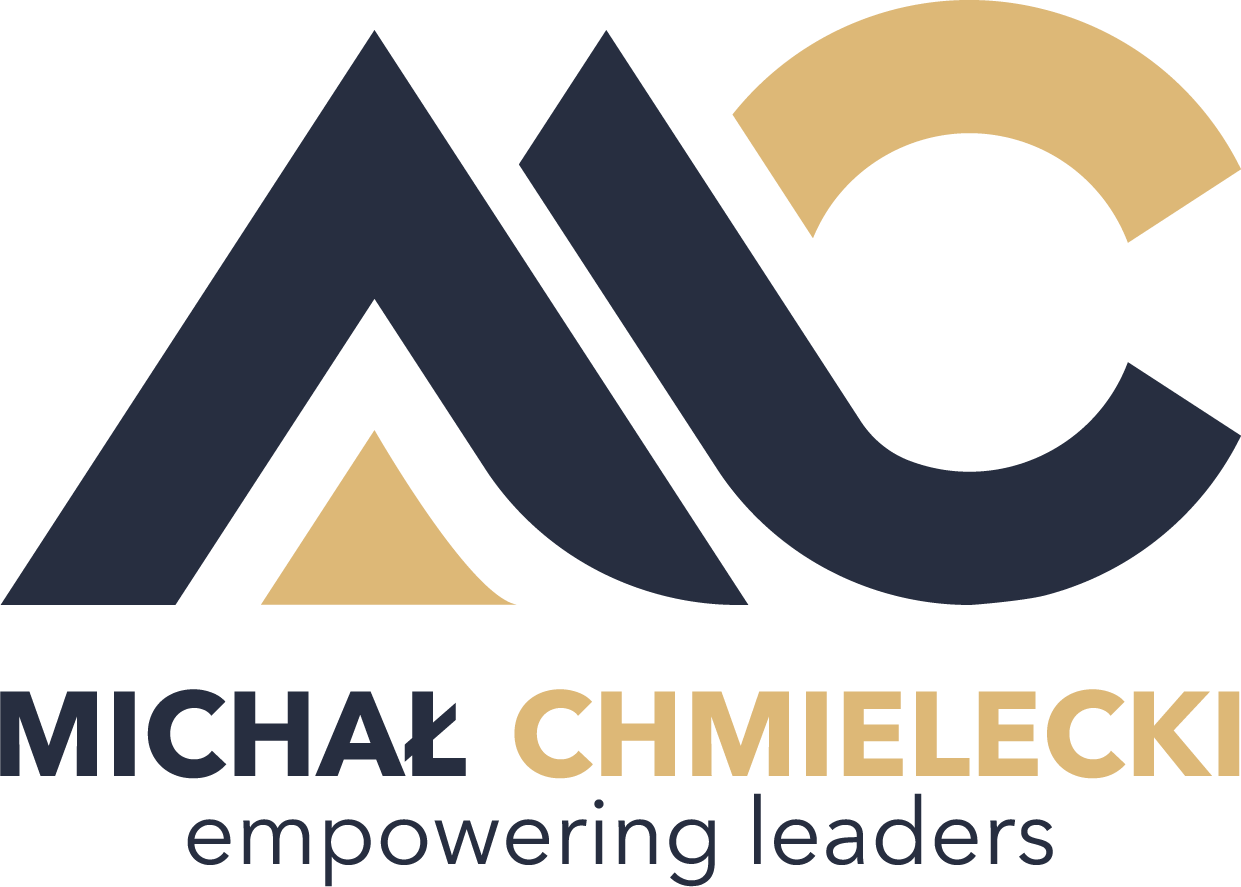The Echoes We Ignore: How Conversational Blind Spots Shape Organizational Trajectory
Introduction
Organizations are often animated by the words spoken aloud — the plans, the strategies, the measurable commitments. Yet beneath that audible layer lies a quieter architecture: the conversational blind spots. These are the topics that never appear on agendas, the feedback that dies in draft form, the concerns shared only in trusted circles. Leaders tend to track what is declared; cultures are formed by what is denied. Over time, the gap between what is experienced and what is expressed becomes a cultural fault line — subtle at first, then seismic. Wise organizations learn to hear the echoes, not just the sound.
The Drift Toward Partial Truth
When employees edit themselves for safety, leaders are left navigating with incomplete maps. Decisions that seem logical on paper falter in implementation because they were built atop filtered reality. Opportunities lose momentum in the absence of dissent. Risks expand quietly — not through malice, but through omission. The drift toward partial truth is rarely intentional; it’s incremental, driven by tiny moments where people choose harmony over honesty. Allowed to compound, it becomes costly to innovation, alignment, and trust.
Influence Without Volume
Power in organizations doesn’t always shout — sometimes it whispers. Influence accumulates in who speaks with confidence, who receives nods of validation, and who remains quietly unheard. Such dynamics shape not only decisions, but identities. Teams begin to pre-filter their ideas based on perceived receptivity. Eventually, voices become self-silenced. Leaders who confuse quiet rooms for agreement misunderstand culture. Agreement is noisy; compliance is silent.
The Emotional Backlog
Avoided conversations create an emotional backlog — a ledger of unsent messages, unresolved tensions, and compromised intentions. Each deferred discussion becomes harder to initiate over time. Complexity grows in the shadows. Emotional debt accrues interest, paid in disengagement, procrastination, and passive resistance. Organizations that thrive treat feedback like maintenance — small fixes prevent structural failures. One of the most leveraged interventions? Teaching employees how to negotiate human tension with skill and grace. Learn more formats here:
https://www.michalchmielecki.com/negotiation-trainer
Conversational Velocity as Competitive Advantage
Speed is not merely operational; it’s conversational. Teams that exchange truth quickly iterate faster, align sooner, and adapt with precision. When communication becomes thick with hesitation, velocity slows. Leaders may respond by adding process, but process cannot replace trust. The combustion engine of culture is candor. Remove it, and even the most elegant strategy stalls. Cultures that value speed honor conversation as a strategic asset — not a social luxury.
Psychological Weather Patterns
Every organization has psychological weather. Some days are sunny — transparent, energizing. Others are foggy — unclear, cautious. Leaders often mistake these atmospheric shifts as coincidental. They are not. Weather is determined by micro-behaviors: who interrupts, who credits, who listens with their eyes. When people feel emotionally forecasted — anticipated rather than judged — clarity improves. The leaders who regulate weather well create climates in which ideas can fly without turbulence.
The Courage to Contradict
Contradiction, when offered with care, is contribution. But many employees associate contradiction with risk: social penalty, political danger, reputational cost. High-trust cultures normalize the gentle collision of perspectives. They treat disagreement not as threat, but as calibration. Errors become artifacts. Leaders can ignite this shift instantly through response patterns:
curiosity over dismissal,
reflection over reaction,
inquiry over accusation.
These micro-choices are cultural tectonics.
When the Quiet Voices Rise
There is a moment in cultural transformation when the previously cautious begin to speak with clarity. It shifts meeting dynamics instantly. Conversations sharpen, blind spots shrink, strategies strengthen. Leaders often describe this moment as “when things got real.” In truth, the culture simply exhaled. Authentic contribution is oxygen. Once people inhale trust deeply enough, they stop holding their breath.
Conclusion: Designing Cultures That Hear
Every organization must decide: do we become good at speaking, or excellent at listening? Sustainable performance emerges from cultures that hear what is hard, not just what is easy. They build rituals that honor truth early. They teach negotiation as a relational craft. They frame vulnerability as professionalism. Above all, they send a bold signal: here, truth is welcomed, not weaponized. When cultures learn to listen to what was previously unspoken, creativity returns, friction decreases, and futures become more fully chosen — rather than silently inherited.
